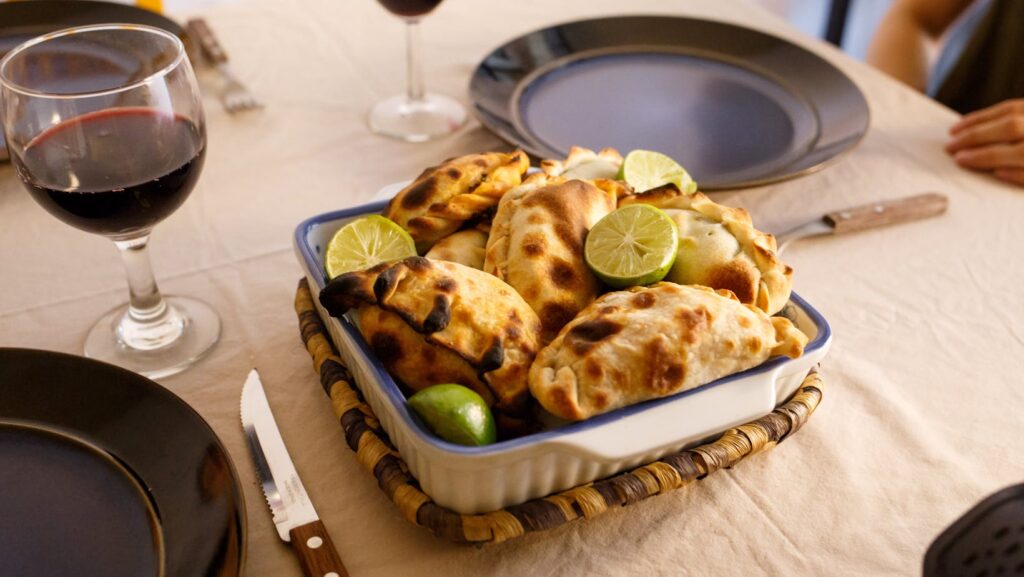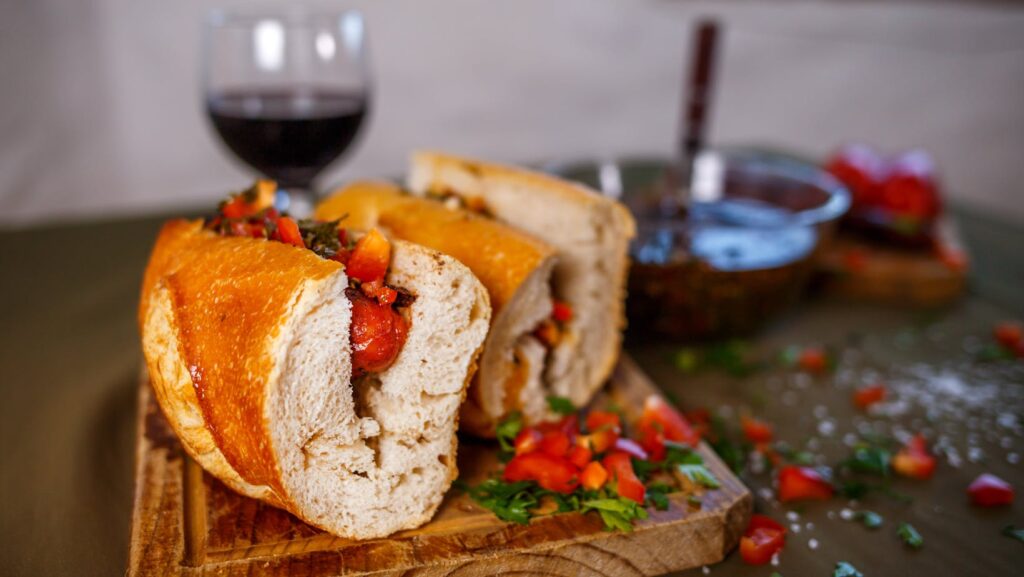Imagine biting into a succulent Asado, its flavors reflecting centuries of culinary traditions and cultural influences. Welcome to the fascinating world of Argentine food history, a journey that’s as rich and diverse as the country itself.
From indigenous roots to Spanish colonization, and from European immigration to modern global influences, Argentina’s food has evolved dramatically. This evolution tells a captivating story of the nation’s past, its people, and its passion for food.
Argentina Food History
Diving deep into the origins of Argentine cuisine, one realize it’s a vibrant melting pot shaped by indigenous cultures and European influences. The roots reach far back into history, intertwining with Argentina’s complex past. This part of the article sheds light on these two pivotal influences – the indigenous and the European.
Indigenous Influences
Argentine cuisine’s primary cornerstone, indigenous influence, is vast and varied. Traditional indigenous dishes primarily feature corn, beans, squash, llama, and guanaco meat. Argentine empanadas, a staple that’s unimaginably delicious, has its roots in indigenous cooking methods. This baked or fried snack mirrors the indigenous practice of filling dough with meat, vegetables, or fruits. Platano al horno, a sweet fried dessert, highlights the incorporation of bananas by the locals, offering a mouthwatering treat.

European Impact
With Spanish colonization and subsequent Italian immigration, Argentina’s culinary landscape experienced a dramatic shift. Spaniards introduced cattle-raising techniques leading to the elevation of beef in the Argentine diet. Asado, Argentina’s world-renowned barbecue tradition, has a clear Spanish legacy.
Italian immigration, meanwhile, led to the integration of pasta and pizza into Argentine cuisine. Argentina’s ‘pastas caseras’, or homemade pastas, echo Italian home cooking traditions. Pizzas, introduced by Italian settlers, form a significant part of the urban dining culture. The Fugazzeta, a type of onion-topped pizza, is an Argentine innovation reflecting an inseparable blend of Italian tradition and Argentine creativity.
This European influence, coupled with indigenous food practices, paved the way for the uniquely rich and varied Argentine cuisine you experience today.
The Evolution of Argentine Cooking Techniques
In the realm of culinary arts, techniques change and evolve, often with periods of gradual growth, punctuated by massive shifts and explorations. Such has been the trajectory of Argentine cooking methods, seamlessly blending indigenous practices and European influences.
The Introduction of Asado
Argentine asado represents a rich tradition rooted in gauchesco culture. Originating from the Pampa region, gauchos — Argentine cowboys — were the first to cook meat over open flames, developing what is now known as asado. A dominant staple in Argentina’s culinary landscape, asado comes from the word “asar,” meaning to roast or grill.
During the early 19th century, the practice of open fire grilling, initially done mostly on gold-spitting coals, progressively morphed into a more mastered and thoughtful technique. The mastery of controlling the fire’s heat and timing turned asado into an art, as equally concerned with the method as with the end product.
From Open Fire to Modern Day Grilling
The forward march of time ushered in modern grilling methods in Argentine cuisine. Decades ago, preparation of dishes like asado involved rustic, open-flame cooking over a simple pit. The primitive technique, however, has been largely replaced by cutting-edge grilling equipment.
These advancements, without forsaking the age-old traditions, enhanced the grilling process. Specific grilling racks, known as parrillas, allow for heat control, while modern chimneys now use environmentally friendly, hard wood substituting for the earlier coal.
The modest open fire evolved into multifunctional cooking units, fitted with smoking compartments, rotisserie attachments, and varying grill provisions. Despite these upgrades, the core tenets of Argentine grilling—respect for the ingredients, gradual, attentive cooking—remain untouched, thereby preserving the essence of Argentina’s food history.

Savor a Piece of History
Moving into the modern era, you’ve witnessed the innovative twists chefs are adding to traditional dishes, blending Argentine flavors with multicultural elements. You’ve seen the rise of plant-based dishes, showing Argentina’s responsiveness to global culinary trends.
Argentina’s food history isn’t just a story about food. It’s a narrative about cultural fusion, culinary innovation, and adaptation. It’s about honoring tradition while embracing change. So next time you bite into an Argentine dish, remember, you’re not just tasting food – you’re savoring a piece of history.
